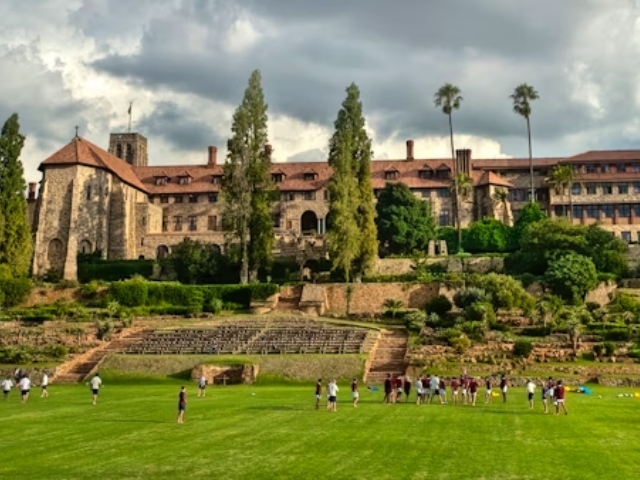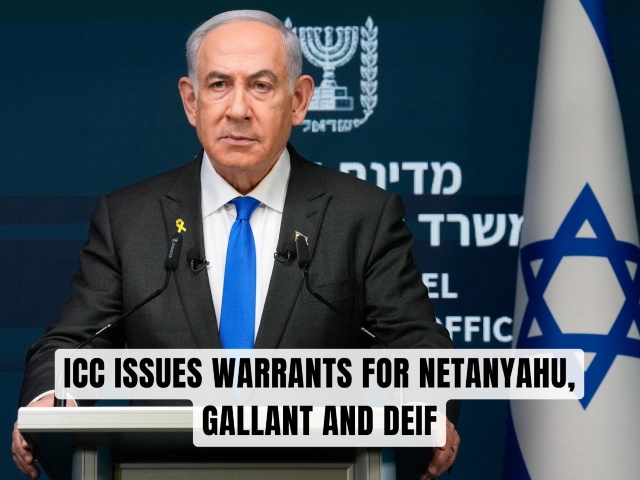
-
Zuma Family To Continue To Pay For Zumaville
12 Oct 2012 by Jasmine Stone in Jacob Zuma, Politics
“The Zuma family will continue to pay for upgrades in Nkandla which are not linked to state security”, the Presidency said yesterday.
In a press release yesterday, entitled “Correcting the misconceptions around Nkandla infrastructural developments,” the Presidency began by rejecting “the ongoing campaign of linking every development around Nkandla village to the person of President Jacob Zuma.”
President Zuma was upset by it all:
It is really disappointing that every development in Nkandla is attributed to the President and then problematised, without even checking the facts. The government rural development programme focuses on all nine provinces. We will continue working in every province to improve the quality of life and to change the landscape of rural areas.
The rest of the press release reads:
Yesterday, 10 October, the media reported on a road construction launched by the KZN MEC for Transport, Community Safety and Liaison, Mr Willies Mchunu, which they claimed cost R582 million, and attributed to the President.
Nkandla in northern KwaZulu-Natal is one of 23 districts identified by government for interventions due to deep levels of poverty, scientifically established through investigation.
It is mischievous and inaccurate to insinuate that the road was constructed because of favouritism as the President lives there.
The road construction and infrastructure development referred to is part of a programme that was started as early as 2003 by the KwaZulu-Natal Provincial Government. The then KZN Transport MEC Mr Sbusiso Ndebele unveiled the popular African Renaissance Roads Upgrading Programme to “spend more than a billion rand on roads, roads and more roads”.
Then, in 2003, Mr Ndebele singled out for attention several major rural areas, including an 80km Project valued at R208 million in Nkandla as well as roads in Nongoma, Mtubatuba through Hlabisa and Nongoma to Vryheid and Pongola; Ongoye KwaBulawayo Project; Kranskop to Eshowe; Highflats – St Faiths – Port Shepstone; Osizweni and many others which the KZN Transport Department committed to upgrade “from gravel to blacktop surface”.
Specifically, the construction of road P15 linking Kranskop, Nkandla and eShowe which was launched this week, started in August 2006. The developmental road serves as a major feeder to the communities and facilities. It provides a shorter link from Pietermarizburg to eShowe and Nkandla as well as access to eight local schools, the Ntunjambili Hospital and three local clinics.
The media has also been reporting on the upgrading of the President’s residence in Nkandla. President Zuma wishes to point out that the upgrading of his residence began long before 2009 when he was inaugurated as President of the Republic of South Africa. It was a family decision and the family started the extensions out of their own pockets. It was only after he became President that security, medical and other considerations had to be attended to, as explained by the Minister of Public Works, Mr Thulas Nxesi on behalf of government.
The Zuma family will continue to pay for all the upgrades in Nkandla which are not linked to state security imperatives.
It’s been claimed that the taxpayer will be paying up to 95% of the costs associated with the upgrades, but as yet, nobody really knows.
The Mail and Guardian very kindly put together this interactive map showing a few of the upgrades taking place in Zumaville:

[Source: The Presidency]
Latest News
-
St John’s College In R60 Million Lawsuit Over Pupil’s Suicide After Sexual Abuse Claims
[imagesource:lekkeslaap] The prestigious St John's College, along with an ex-teacher, a...
-
Only In Mzansi: Model Left Dangling On Cliff In Baboon Bag Snatching Debacle
[imagesource:facebook/mariana keyser] Mariana Keyser found herself in a proper pickle o...
-
Friday Morning Spice
[imagesource:FMT] Outrage And Hope As ICC Issues Warrants For Netanyahu, Gallant And Deif...
-
Thai Woman Sentenced To Death For Murdering 14 Friends With Cyanide In Shocking Killing Spree
[imagesource: Sararat Rangsiwuthaporn] A woman in Thailand, dubbed 'Am Cyanide' by Thai...
-
René Magritte Painting Sells For Record R2.1 Billion At Auction
[imagesource:renemagritte.org] A René Magritte painting portraying an eerily lighted s...
-






























